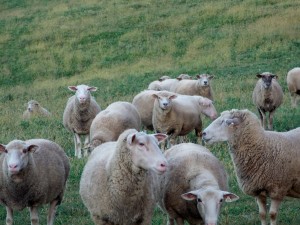 Sheep Quiz
Sheep Quiz
See if you can answer these questions in our sheep quiz...
Q. Other than the farmer's name in the movie Babe, what is a hogget?
A. A hogget is a sheep between one and two years old. The first shearing of hogget wool is the best wool a sheep will ever produce.
Q. What mineral is toxic to sheep?
A. Copper. Sheep require trace amounts of copper. However, copper is toxic to sheep in larger amounts. Mineral supplements have to be specifically labeled for sheep.
Q. What does 'flushing' a ewe mean?
A. Flushing a ewe is done 10 days before breeding. She's put into the lushest pasture where she'll graze on legumes (clover and alfalfa). The high quality pasture causes her to release more eggs and increases the chance that she'll have twin or triplet lambs.
Q. What is the gestation time for a ewe?
A. 5 months (143-151 days) December breeding brings May lambs. Our ewes are bread in mid-November.
Q. Do Sheep have upper incisors ?
A. No. Sheep have 4 pair of lower incisors, but none in the upper jaw.
Q. What are two distinct differences between domestic and wild sheep?
A. Wild sheep have hair, domestic sheep have wool. Wild sheep, even ewes, have horns. Domestic sheep breeds are virtually hornless.
Q. Who produces the best 100% grass fed lamb, rich in CLA, Lutein, Omega 3, and grazed on certified organic pasture?
A. Forest Hill Farm! Grazed lamb is a healthy choice. Here's a delicious recipe, enjoy!
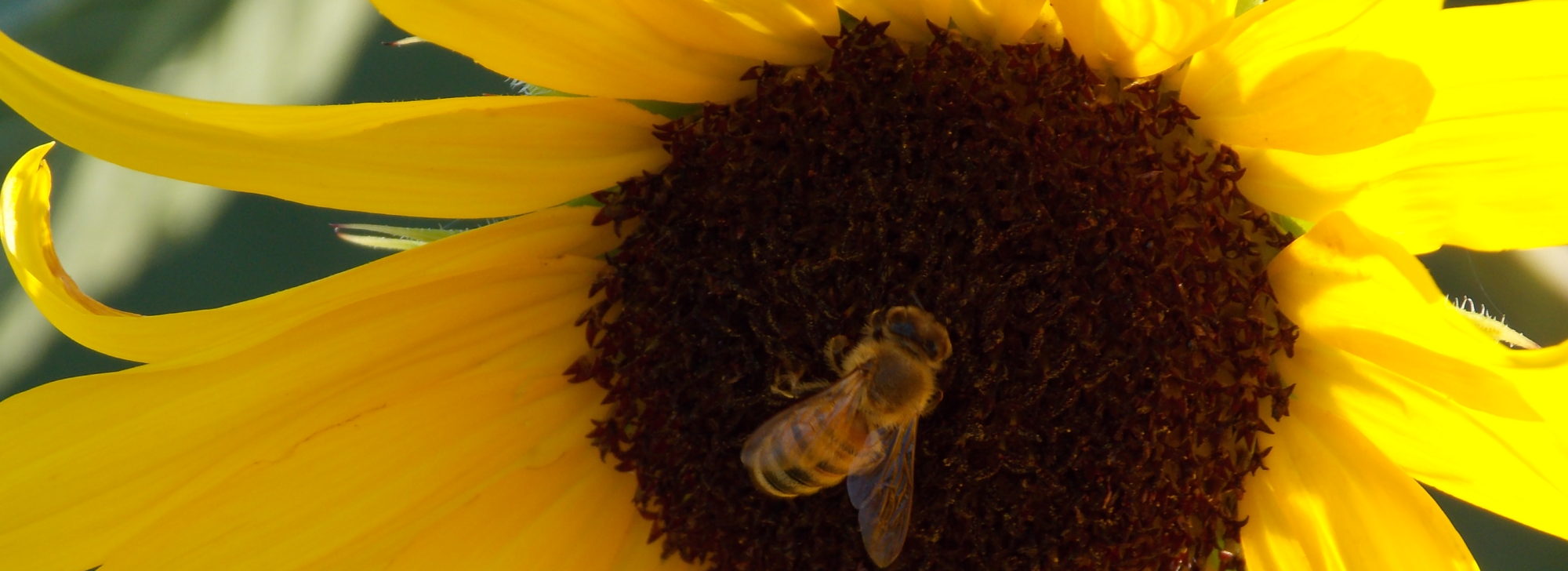

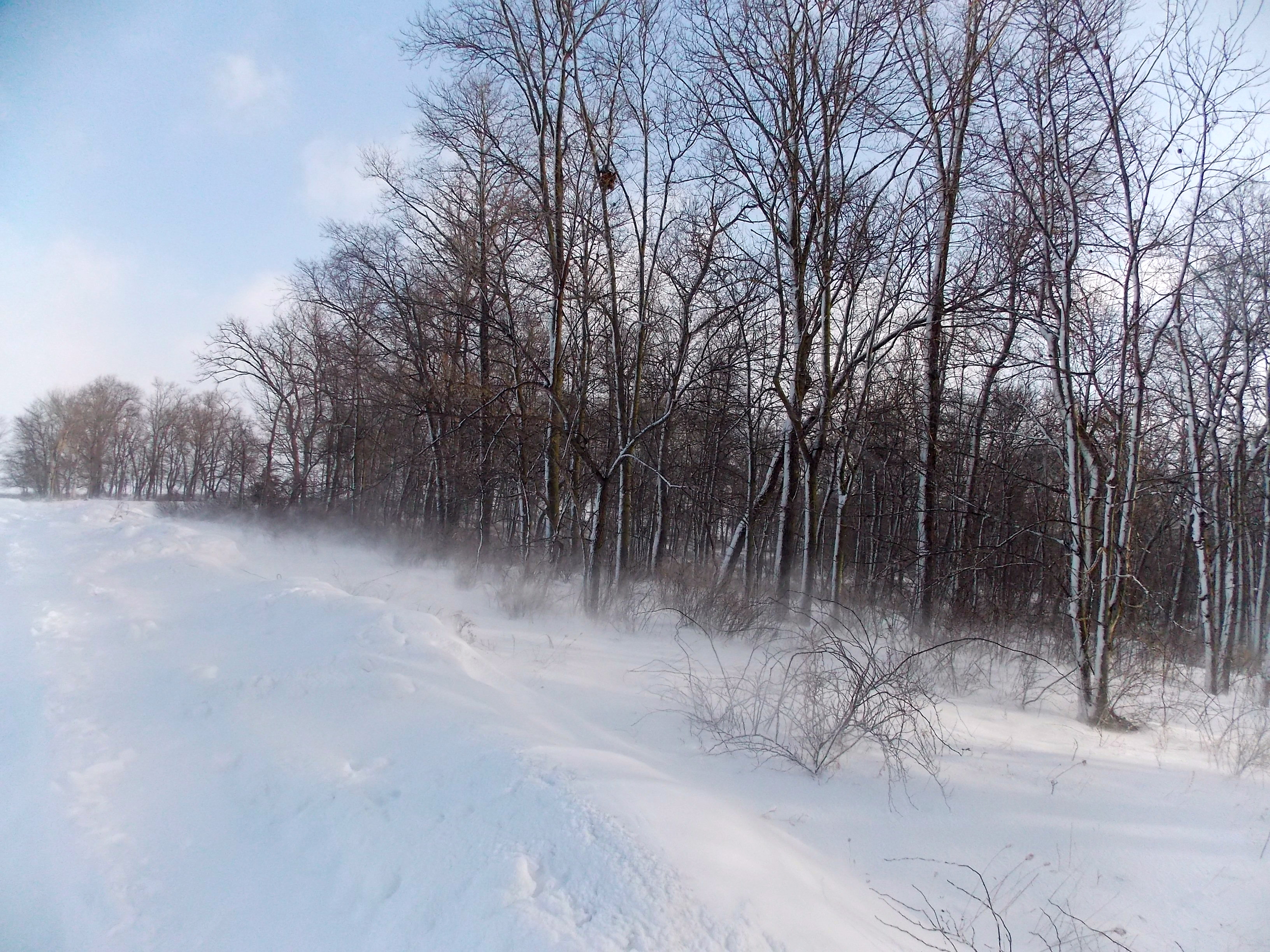
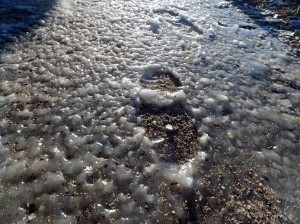 There was a warm up here last week. The thawing snow streamed down the lane exactly as it was designed to do, but made it into an icy raceway. It's covered in three-inches of thick ice which makes it hard to stay on your feet. Keith has ice cleats for his boots which leave tiny, little holes in the deck. They also leave tiny, little holes in the floor if you forget to take them off, but he doesn't forget. I don't have cleats because I always forget. So, I have two choices;
There was a warm up here last week. The thawing snow streamed down the lane exactly as it was designed to do, but made it into an icy raceway. It's covered in three-inches of thick ice which makes it hard to stay on your feet. Keith has ice cleats for his boots which leave tiny, little holes in the deck. They also leave tiny, little holes in the floor if you forget to take them off, but he doesn't forget. I don't have cleats because I always forget. So, I have two choices;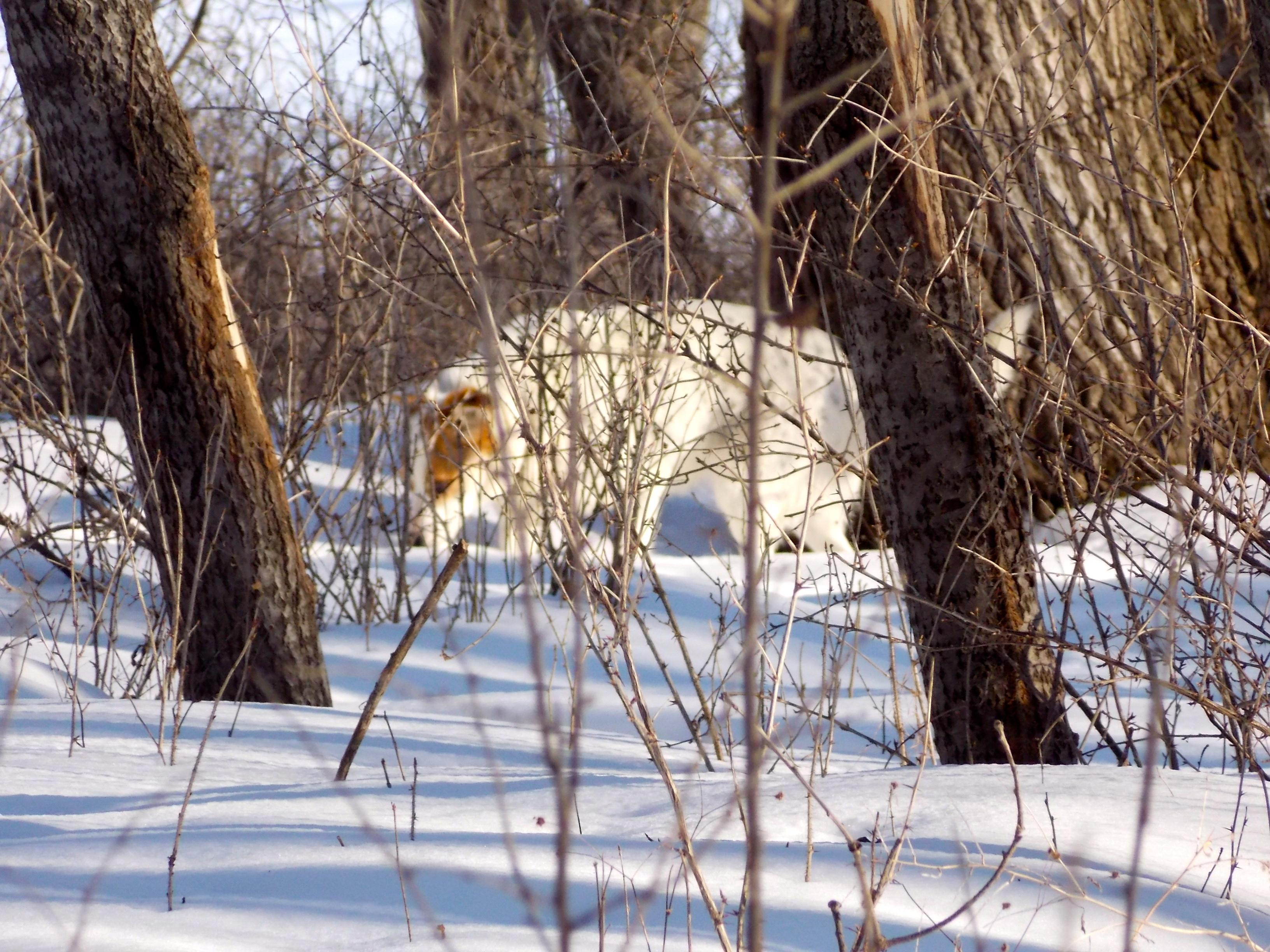

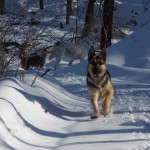
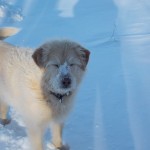
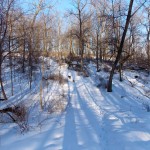


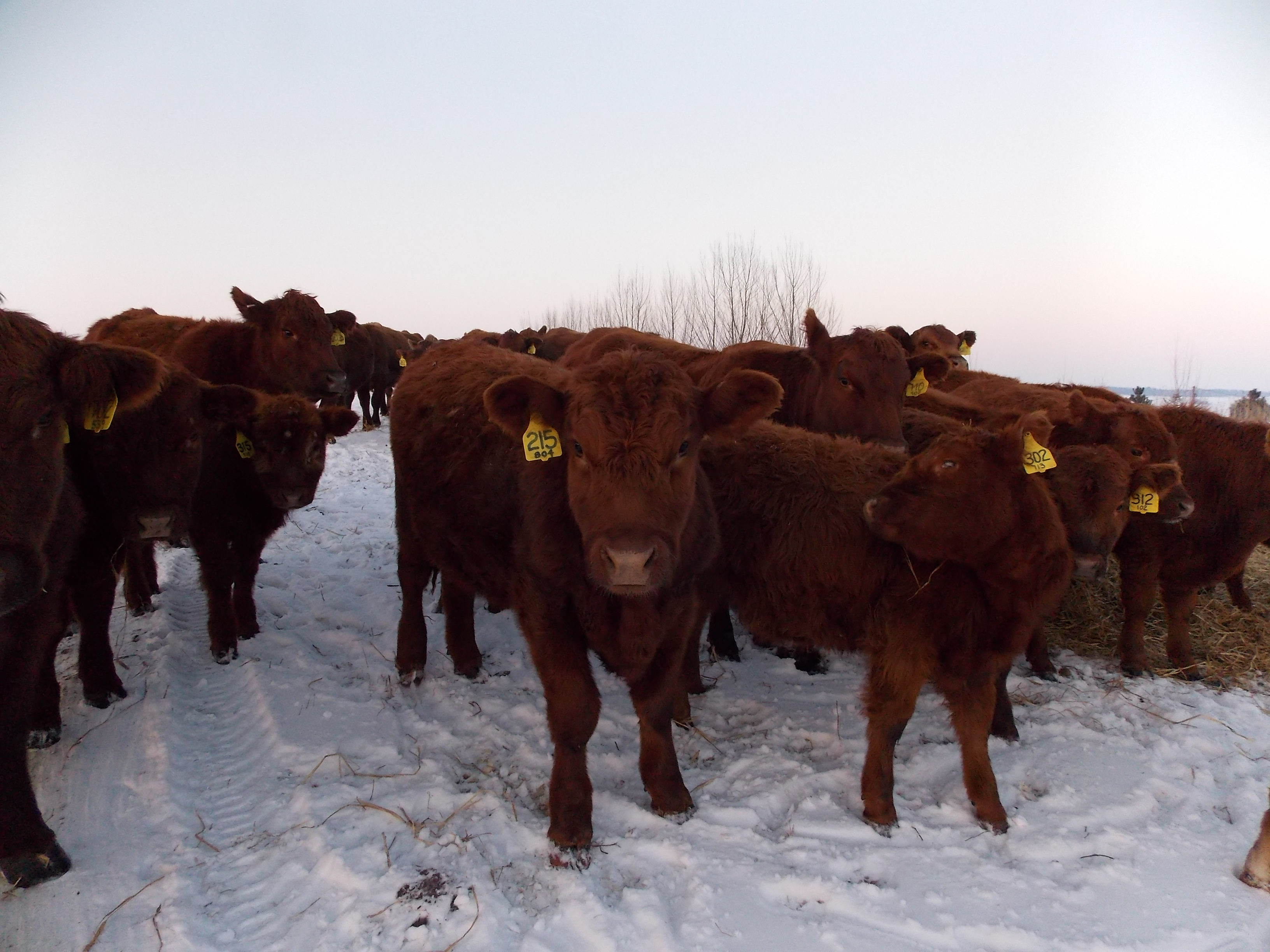
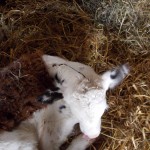
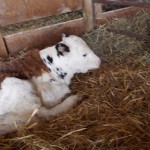
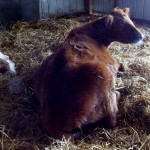
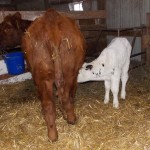

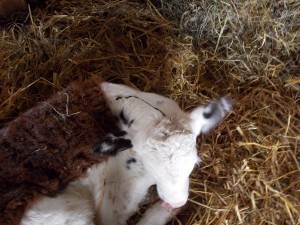
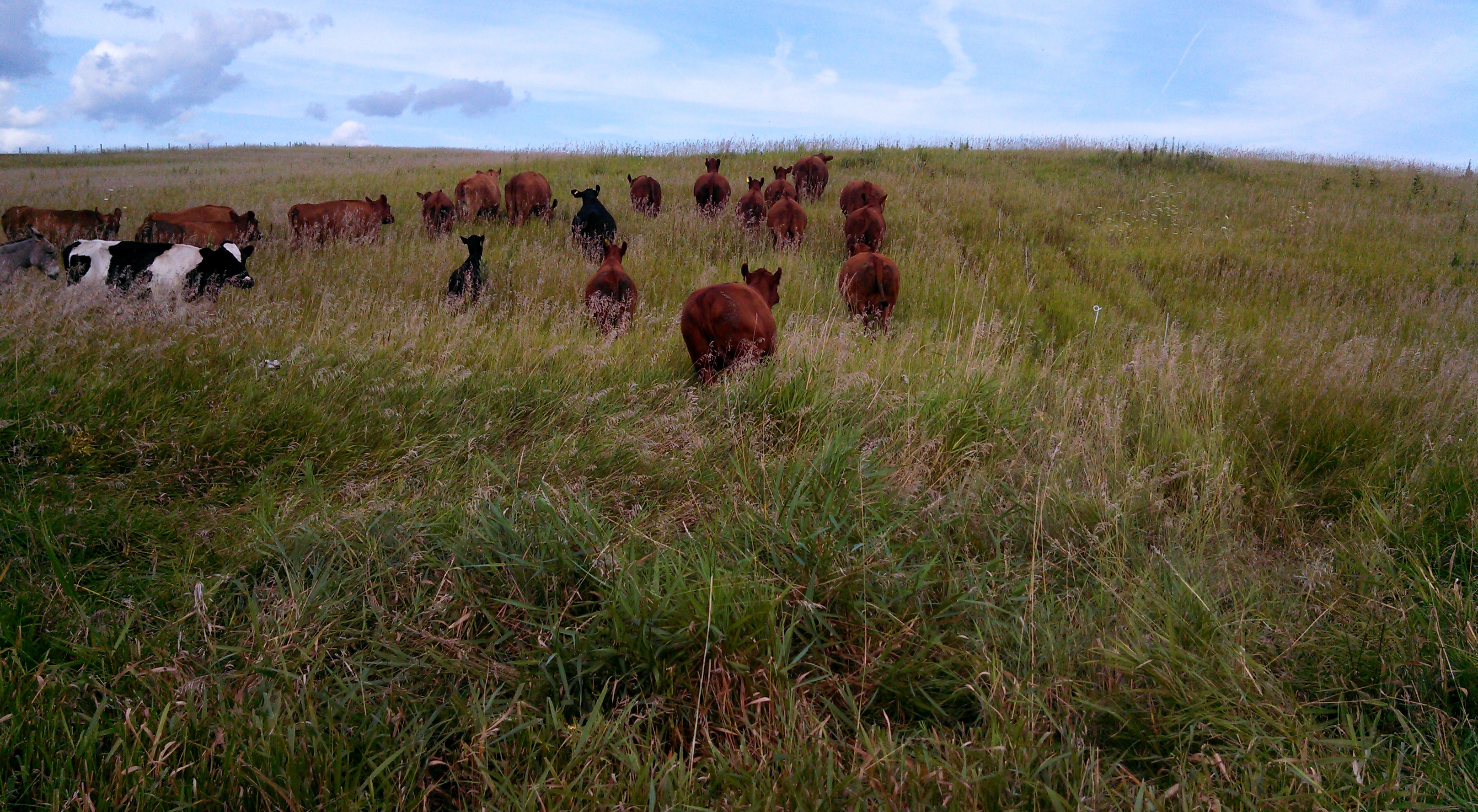
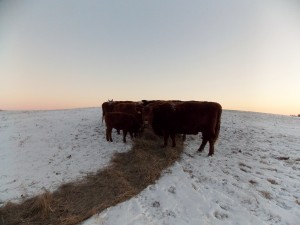
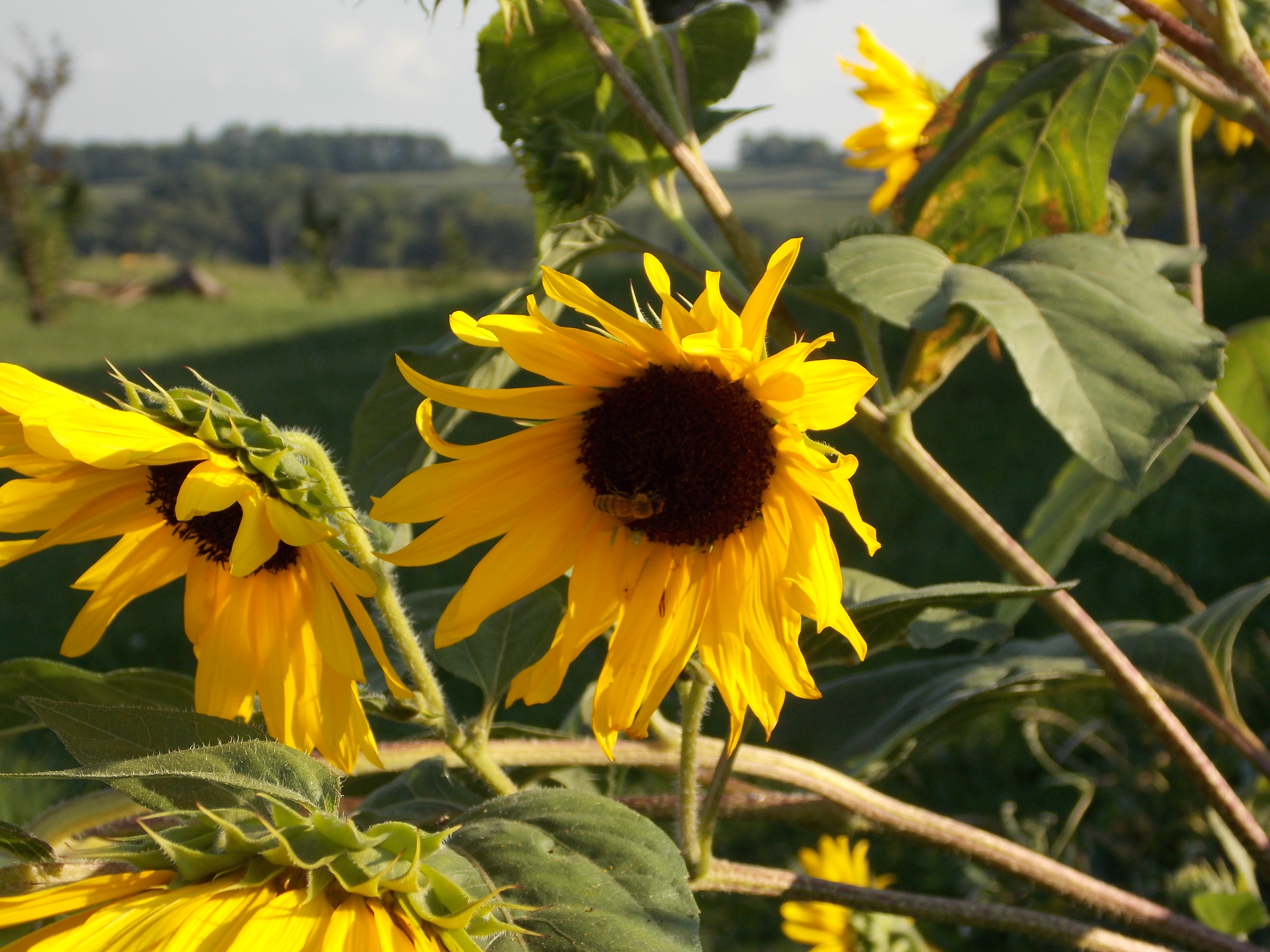
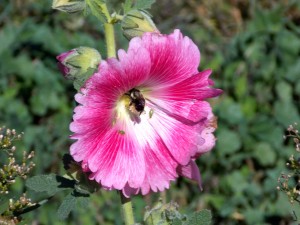 Take the Bee Quiz and test your knowledge. The bees need our help.
Take the Bee Quiz and test your knowledge. The bees need our help.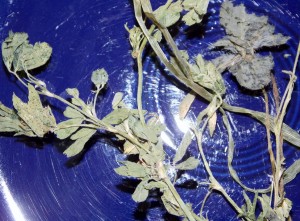 Keith brought a sprig of alfalfa into the kitchen. “The cows were pretty happy with their breakfast this morning.”
Keith brought a sprig of alfalfa into the kitchen. “The cows were pretty happy with their breakfast this morning.”